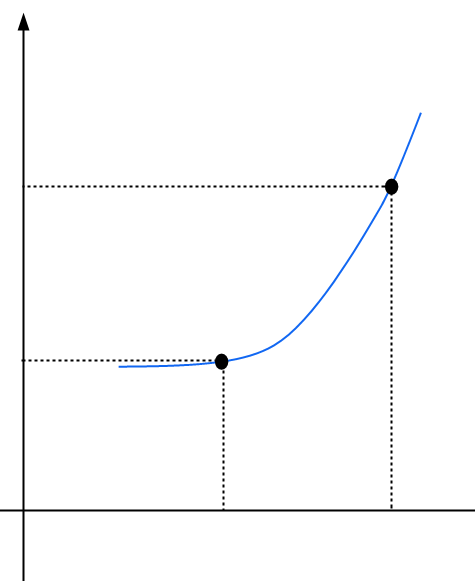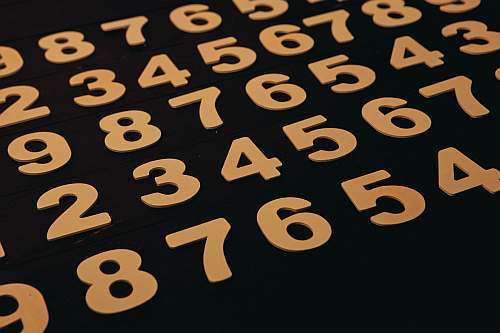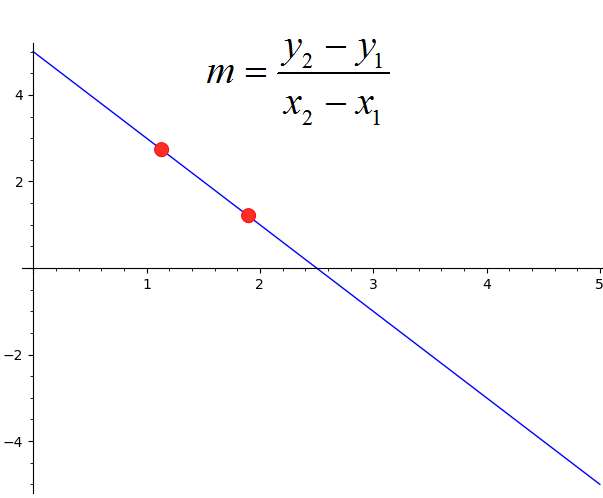Absolute Change Calculator
Instructions: Use this calculator to compute the absolute change between two numbers you provide. Please type in the initial and final value in the boxes below.
About this Absolute Change Calculator
Finding absolute changes is one crucial concept in Algebra and Calculus, as it is the foundation of the idea of measuring average rate of changes as well as instantaneous rates of change, which are tightly related to differentiation.
What is Absolute Change?
Absolute change is the numerical difference between two values. It measures the increase or decrease in a quantity without considering the original value's size. This concept is crucial in various fields, from finance to science, where understanding the magnitude of change is essential.
How to Calculate Absolute Change?
Here are the steps you need to follow to calculate the absolute change:
- Identify the initial value (the starting point).
- Identify the final value (the end point).
- Subtract the initial value from the final value.

Understanding the Absolute Change Formula
The formula for absolute change is straightforward:
\[ \text{Absolute Change} = \text{Final Value} - \text{Initial Value} \]This formula gives you the difference between the two values, which can be positive or negative depending on whether the final value is greater or less than the initial value.
Can Absolute Change Be Negative?
Yes, absolute change can indeed be negative. If the final value is less than the initial value, the result of the subtraction will be negative, indicating a decrease in the quantity being measured.
Applications of Absolute Change
Absolute change is applied in numerous scenarios:
- Finance: To measure changes in stock prices, GDP, or company earnings.
- Science: For tracking changes in pH levels, temperature, or any measurable physical property.
- Everyday Life: To understand changes in weight, savings, or any personal metrics.
Comparing Absolute and Relative Change
While absolute change gives you the raw numerical difference, relative change expresses this difference as a percentage of the initial value. Here's how they differ:
- Absolute change shows the actual increase or decrease.
- Relative change provides context by showing how significant the change is relative to the starting point.

Examples of Absolute Change Calculation
Example: Change in Stock Price
Let's say a stock's price was $50 at the beginning of the week and $60 at the end:
\[ \text{Absolute Change} = 60 - 50 = 10 \]The stock price increased by $10.
Example: Change in pH
If the pH of a solution was 6.5 and then changed to 7.0:
\[ \text{Absolute Change} = 7.0 - 6.5 = 0.5 \]The pH increased by 0.5 units.
Why Use an Absolute Change Calculator?
An absolute change calculator simplifies the process of calculating changes, especially when dealing with complex data sets or when you need quick, accurate results. Here are some reasons to use one:
- Accuracy: Reduces the chance of human error in calculations.
- Efficiency: Saves time when you need to calculate multiple changes.
- Visualization: Some calculators provide visual aids to better understand the change.
How to Use Our Absolute Change Calculator
Steps to Use the Calculator
Here's how you can use our absolute change calculator:
- Enter the initial value into the first field.
- Enter the final value into the second field.
- Click on "Calculate" to get the absolute change.
Absolute Change in Different Fields
Absolute change is not confined to one area; here are some examples:
- Economics: To calculate changes in GDP or inflation rates.
- Chemistry: To measure changes in concentration or pH.
- Health: To track changes in vital signs or lab results.

FAQ on Absolute Change
What is the difference between absolute and relative change?
Absolute change is the actual numerical difference, while relative change is the percentage change relative to the initial value.
Can absolute change be zero?
Yes, if the initial and final values are the same, the absolute change will be zero, indicating no change.
How do you calculate absolute change in percentage?
To calculate the absolute change in percentage, you first find the absolute change and then divide it by the initial value, multiplying by 100 to get the percentage:
\[ \text{Absolute Change in Percentage} = \left( \frac{\text{Absolute Change}}{\text{Initial Value}} \right) \times 100 \]Explore More Calculators
If you're interested in understanding how values change over time or across different conditions, our Average Rate of Change Calculator can be particularly useful. It helps in calculating how a function changes on average over an interval, which can be crucial for analyzing trends or growth patterns in data sets.
Additionally, for those delving into calculus or needing to understand instantaneous changes, our Differential Calculator provides insights into how functions change at specific points. This tool is invaluable for students and professionals alike who need to grasp the concept of derivatives and their applications in real-world scenarios.
Lastly, if your work involves statistical analysis, consider using our Mean Absolute Deviation Calculator. This calculator helps in measuring the average distance between each data point and the mean, offering a clear picture of data dispersion, which complements the understanding of absolute changes in data.





